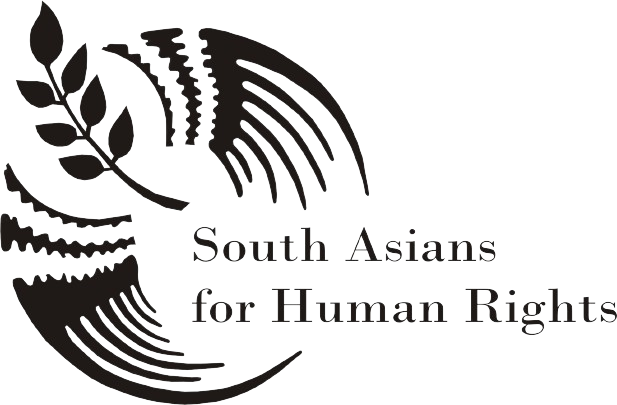Friday is a rest day in Kabul, our weekend. I was staying with my sister and her family Thursday and woke in the middle of the night to a loud noise and whispers about whether what we had just heard was a rocket. The next day we learned Kabul had suffered its deadliest attack since 2009.
Forty-two civilians were killed and over 300 seriously injured in separate incidents in the city; more were killed and injured in several provinces. The first explosion in Kabul happened around 1 a.m. on Friday. Two other incidents in the capital followed. I spent a lot of that day on the phone inquiring after friends’ and colleagues’ health, as we often do these days. It was a bloody and brutal weekend.
The violence led to both anger and despair—anger at the Afghan government and in particular its peace process with the Taliban, which many see as “fruitless”; and despair, hopelessness, and fear, as heart-shattering media reports about the victims and their families sent our city into mourning.
Like other parents in the city, my sister, mother of a two-year-old boy, spoke about the uncertainty and everyday violence that children here grow up with. But she also realized that life must go on. We both went for a drive together around our neighborhood on Friday evening to reassure ourselves that no one will ever be able to take the streets of Kabul back from the women of Afghanistan.
Elsewhere in Kabul, this mix of anger, despair, and resilience also emerged. Youth activists, writers, and poets spread messages of hope in the face of terrorism. Radio and TV stations blasted patriotic music and voiced resistance to the Taliban. A group of youth volunteers who paint Kabul’s walls and security barriers with messages of hope and unity relaunched their campaign and asked for more to join them. Politicians, members of parliament, activists, and ordinary citizens reemphasized their commitment to stay in Afghanistan and work for a better future.
This wave of resistance was small, but there was hope amidst all the negativity and pain.
Civil society played a particularly important role in this resistance. It helped initiate a campaign that saw hundreds of women and men from different parts of Afghan society lined up to donate blood on Saturday despite the grave security situation. Civil society leaders spoke powerfully about the duty of the government and the Taliban to ensure the safety of civilians. They questioned the legitimacy of the peace negotiations in the wake of the Taliban’s brutal attacks.
President’s Ashraf Ghani’s statement in his press conference on Monday seemed to reflect this public pressure, as it took a harsher tone towards Pakistan and its unclear commitment to the peace talks, than might have happened otherwise. Friday rocked our confidence in the peace negotiations, but they must go on. And civil society and the public must continue to be involved in the process.
There is no easy or quick end to war in sight. Complex regional dynamics and shifts in Taliban leadership make sure of that. The brutal violence inflicted upon civilians on Friday might continue to claim more victims. This violence will influence public opinion and, as the Taliban intended, generate fear and uncertainty.
But Afghan civil society and media can, amidst all of this, continue to encourage resilience, unity, and hope; monitor human rights violations on both sides; ensure the public’s voice is heard in the peace process; and continue to press the government to fulfill its promises.
Civil society in Afghanistan is young and fragile. For the past 14 years, it has been seen for the most part as project-driven and donor-funded. To gain real legitimacy, civil society organizations will need to display more initiative in driving local agendas and amplifying the public’s concerns. They have the unique potential to stand above the divides that fragment Afghanistan’s political discourse, and to lead initiatives that bring Afghans closer.
Fear and lack of hope are two of our greatest enemies; they can damage the social fabric that sustains democracy and that resists Taliban ideology.
But strengthening tolerance and pluralism can lead to lasting peace. In this turbulent period of transition, civil society can be a voice of reassurance for all Afghans, especially the youth, to encourage us all to persevere and push for change.
By: Shaharzad Akbar
https://www.opensocietyfoundations.org/ Updated On: August 11, 2015

